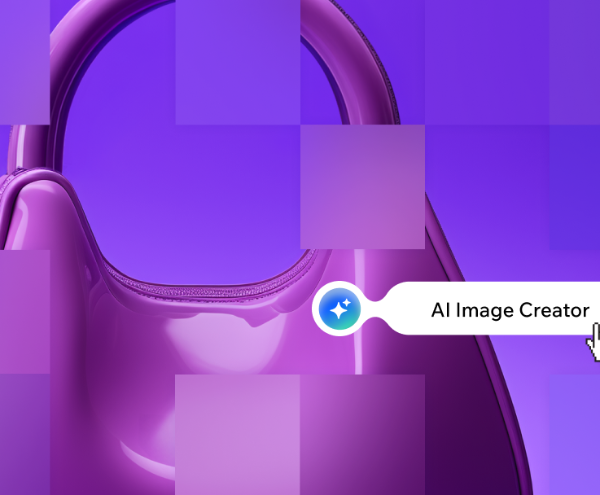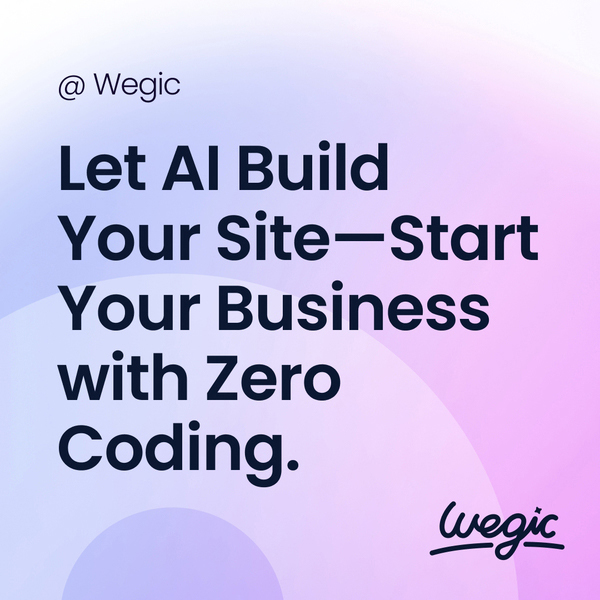Best AI Music Creation Tools Best Practices
The Ultimate Guide to Best AI Music Creation Tools
Best AI Music Creation Tools
Building a website is a crucial step for businesses and individuals looking to establish their online presence in today’s digital age. However, one of the most common questions that arise when embarking on this journey is, “How much does it cost to build a website?” The answer to this question is not straightforward, as there are numerous factors to consider that can impact the overall cost of website development. In this article, we will explore the various elements that contribute to the cost of building a website.

The Ultimate Guide to Best AI Music Creation Tools
Best AI Music Creation Tools
One of the most popular free site builders for artists is WordPress. WordPress is a versatile platform that is used by millions of websites around the world. It offers a range of customizable templates and themes that can be easily tailored to suit the needs of any artist. Whether you are a painter, photographer, sculptor, or any other type of visual artist, WordPress provides the tools you need to create a stunning online portfolio.
WordPress is known for its user-friendly interface, making it easy for even the least tech-savvy artists to build and maintain their website. The platform also offers a wide range of plugins that allow you to add features such as image galleries, contact forms, and social media integration. With WordPress, you can create a professional-looking website that showcases your work in the best possible light.
Another free site builder option for artists is Wix. Wix is a drag-and-drop website builder that is perfect for artists who want to create a visually stunning website without needing to know how to code. Wix offers a range of customizable templates that can be easily customized to suit your artistic style. Whether you are looking to create a simple portfolio website or a more complex online gallery, Wix provides the tools and resources you need to bring your vision to life.
Wix also offers a number of features specifically designed for artists, such as a built-in image editor that allows you to easily crop, resize, and enhance your images. The platform also offers integration with popular social media platforms, making it easy to share your work with a wider audience. With Wix, you can create a professional website that showcases your artwork and helps you connect with potential buyers and fans.
Squarespace is another popular free site builder option for artists. Squarespace offers a range of professionally designed templates that are perfect for showcasing visual artwork. Whether you are a photographer, illustrator, or designer, Squarespace provides the tools you need to create a beautiful and functional website. The platform also offers a range of features, such as built-in e-commerce capabilities, that make it easy to sell your work directly from your site.
Squarespace is known for its clean and modern design aesthetic, making it a great choice for artists who want to create a stylish and sophisticated online presence. The platform also offers a range of customization options, allowing you to tailor your website to suit your unique style and brand. With Squarespace, you can create a professional website that showcases your artwork in the best possible light.
In this article, we will explore the process of web application development, including the key steps involved, the technologies used, and the best practices for creating a successful web application.
Key Steps in Web Application Development:
1. Planning and Requirements Gathering:
The first step in web application development is to gather requirements and define the scope of the project. This involves understanding the needs of the end-users, identifying key features and functionalities, and setting goals for the project. During this phase, it is important to collaborate with stakeholders to ensure that the project meets their expectations and aligns with the overall business objectives.
2. Design and Wireframing:
Once the requirements have been gathered, the next step is to create a design for the web application. This involves wireframing, which is a visual representation of the layout and structure of the application. The design should be user-friendly, visually appealing, and intuitive to navigate. It is important to consider factors such as responsive design, accessibility, and usability in the design phase.
3. Development:
The development phase involves writing code to build the web application based on the design and requirements gathered earlier. Developers use programming languages such as HTML, CSS, and JavaScript to create the front-end of the application, while back-end development involves using server-side languages such as PHP, Ruby, or Python to handle the logic and data processing.
4. Testing and Quality Assurance:
Once the web application is developed, it is important to conduct thorough testing to ensure that it functions correctly and meets the specified requirements. This involves testing for usability, performance, security, and compatibility across different devices and browsers. Quality assurance is essential to identify and fix any bugs or issues before the application is launched.
5. Deployment and Maintenance:
After testing is complete, the web application is deployed to a server or hosting platform where it can be accessed by users. It is important to monitor the performance of the application and make updates as needed to ensure that it remains secure, functional, and up-to-date. Regular maintenance is key to the long-term success of a web application.
Technologies Used in Web Application Development:
There are a wide range of technologies that can be used in web application development, depending on the requirements of the project. Some of the most popular technologies include:
– Front-end frameworks such as React, Angular, and Vue.js, which are used to build interactive user interfaces.
– Back-end frameworks such as Ruby on Rails, Django, and Express.js, which provide the structure and functionality for the back-end of the application.
– Databases such as MySQL, MongoDB, and PostgreSQL, which are used to store and manage data for the application.
– Cloud services such as AWS, Microsoft Azure, and Google Cloud Platform, which provide scalable and flexible infrastructure for web applications.
– API services such as REST and GraphQL, which allow web applications to communicate with external systems and services.
Best Practices for Web Application Development:
To ensure the success of a web application, it is important to follow best practices throughout the development process. Some key best practices include:
– Following a structured development process, including planning, design, development, testing, and deployment.
– Implementing security measures to protect the application from cyber threats and data breaches.
– Using responsive design to ensure that the application is accessible and functional across different devices and screen sizes.
– Optimizing performance to improve the speed and efficiency of the application.
– Conducting usability testing to gather feedback from users and make improvements to the application.
– Regularly updating and maintaining the application to fix bugs, add new features, and stay current with technology trends.

Best AI Music Creation Tools FAQ
Best AI Music Creation Tools
Conclusion
Inexpensive website builders offer a cost-effective way for businesses and individuals to create a professional online presence without breaking the bank. With features like customizable templates, drag-and-drop tools, and e-commerce capabilities, these platforms make it easy to create a website that fits your needs and budget. Whether you’re looking to sell products online or simply showcase your work, there are many affordable website builders available that can help you achieve your online goals. By choosing the right platform and taking advantage of its features, you can create a website that looks great and attracts customers, all without spending a fortune.


